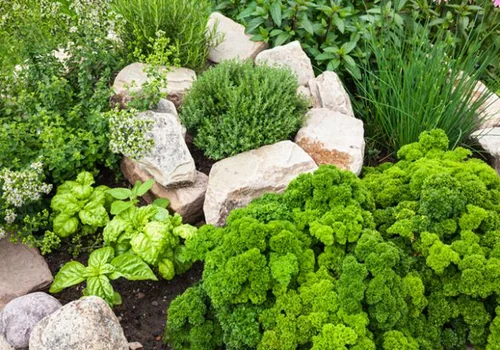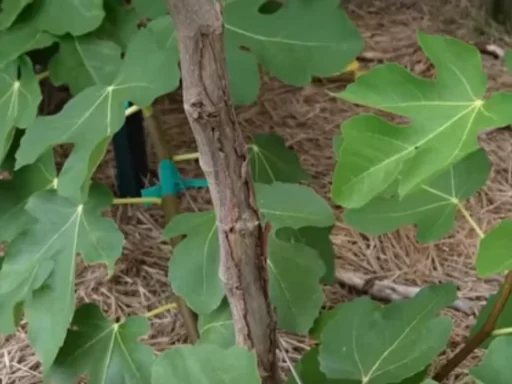As we reach the end of January, gardeners across the Southeastern coast of North Carolina, and indeed much of the United States, are gearing up for one of the most exciting months of the gardening calendar—February. While it may still be winter, this is the month when we kickstart our spring garden by sowing seeds for a wide variety of vegetables. The choices you make now can have a significant impact on the success of your spring and summer harvests.
Why February is Key for Seed Starting
February is a unique month because it straddles the tail end of winter and the beginnings of spring. Depending on where you live, it can be a month of frosty mornings and fluctuating temperatures, but it’s also the perfect time to start many vegetables from seed indoors, especially if you’re aiming for a healthy and bountiful garden. If you’re in a warmer zone, such as Zone 8B in North Carolina, February marks the beginning of seed-starting season for many crops. However, if you’re in a cooler zone like Zones 5 or 6, you might wait until later in the month or early March.
Nightshade Transplants: Tomatoes, Peppers, Eggplant, and More
One of the first categories of vegetables to get a head start in February are nightshades, including tomatoes, peppers, eggplant, tomatillos, and ground cherries. These are typically grown from transplants, which means you start the seeds indoors and transplant them into your garden once they’ve matured. The majority of gardeners in the U.S. will begin their nightshade seeds in February because these plants take around 8 weeks to grow into mature transplants ready for the garden.

In warmer zones, such as 8 and 9, you’ll want to start these seeds in early February. In cooler zones, like Zones 5 and 6, it’s best to wait until the end of February. Transplants should ideally not flower before being moved to the garden, as flowering indicates that the plant is root-bound and stressed.
Root Vegetables: Beets, Radishes, Carrots, and More
If you’re looking to plant root vegetables in February, you’re in luck. Beets, radishes, carrots, parsnips, and turnips are all frost-tolerant and can be planted directly into the ground in most areas. These vegetables don’t fare well when grown as transplants, so it’s essential to plant them as seeds directly into your garden beds.
For most gardeners, February is the time to plant these seeds, but it’s important to keep in mind the germination time—most root vegetables take between 10 and 14 days to sprout. This means you’ll need to consider what the weather will be like two weeks from when you plant your seeds. In areas where frosts continue into March, it’s essential to time your planting carefully.
Brassicas: Cabbage, Broccoli, and More
Brassicas, which include cabbage, broccoli, cauliflower, kale, and collard greens, are cool-weather crops that thrive when temperatures are between 50°F and 60°F. These veggies can tolerate frost and even some freezing temperatures, making them perfect for early spring planting. However, if temperatures climb above 75°F, these plants can become tough and bolt quickly, so timing is critical.
For those in southern regions or warmer zones, brassica seeds should be started indoors in February and transplanted into the garden about six weeks later. Gardeners in cooler regions can also start their seeds indoors but may need to be cautious about the timing of planting outdoors to avoid late frosts.
Celery: A Gardener’s Challenge
Celery is one of the more challenging crops to grow, even for experienced gardeners. It requires a long germination period—about 21 days—and must be started indoors. After germination, it takes another 6 to 8 weeks to develop into a transplantable size, meaning you’re looking at nearly three months of preparation. Despite its difficulty, celery is a rewarding plant if grown successfully. It thrives in cool weather but isn’t particularly cold-hardy, so precise timing and care are needed.
Frequently Asked Questions
- When should I start my seeds in February?
The timing for seed starting in February depends on your location. Gardeners in warmer zones (8 and 9) should start their seeds at the beginning of the month, while those in cooler zones (5 and 6) can wait until the end of February. - What are the best vegetables to start from seed in February?
Some of the best vegetables to start from seed in February include tomatoes, peppers, eggplants, beets, carrots, and cabbage. - Can I plant directly outdoors in February?
Yes, root vegetables like beets, carrots, and radishes can be planted directly outdoors in February, especially in warmer climates. However, in colder climates, it’s important to monitor the soil temperature and frost conditions. - How long does it take for nightshade transplants to mature?
Nightshade transplants, such as tomatoes and peppers, typically take about 8 weeks to mature from seed before they can be transplanted into the garden. - What should I do if my tomato transplants start flowering indoors?
If your tomato transplants start flowering indoors, they may be root-bound or stressed. It’s a good idea to transplant them into larger pots or move them outdoors if the weather is suitable. - Can I grow celery from seed?
Yes, but celery is challenging to grow from seed due to its long germination period (21 days) and specific growing conditions. It requires about 3 months of preparation before it’s ready to be transplanted. - What should I do to protect my plants from late frosts?
To protect your plants from late frosts, consider using frost blankets or row covers. These will help insulate your plants during cold nights and prevent frost damage.





